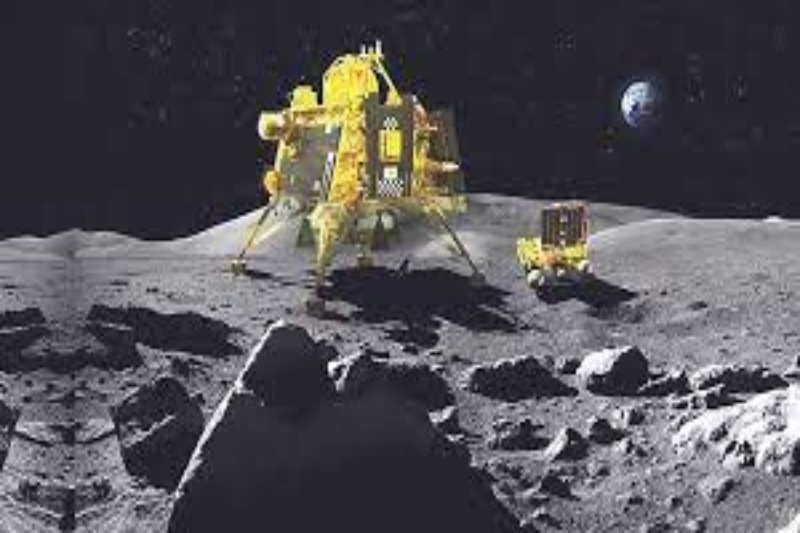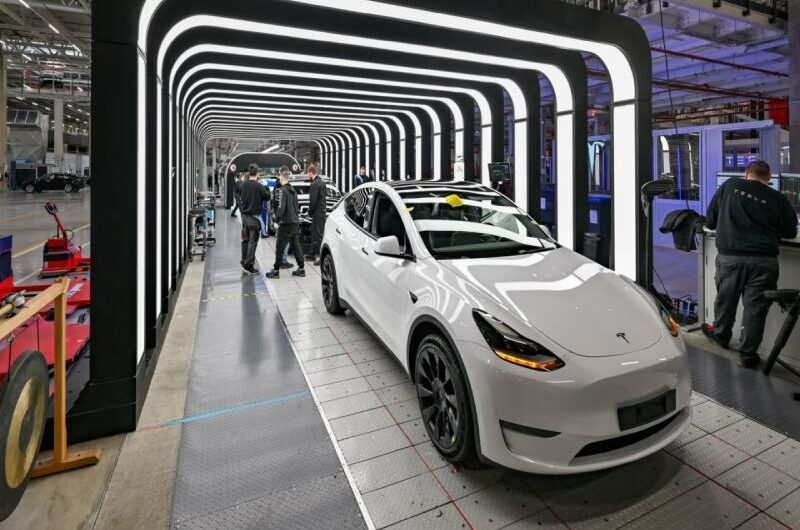According to India’s space agency, the propulsion module that propelled the country’s spacecraft to a historic moon landing has just returned to Earth’s orbit. The purpose of the action is to evaluate how the developing space power might eventually retrieve lunar soil samples.
The propulsion module’s fuel reserve exceeded the expectations of ISRO, the Indian Space Research Organization. Thus, the agency announced on Monday that researchers had chosen to proceed with their efforts to return the module to its home base.
And now the module is back in orbit around the Earth.
The Chandrayaan-3 mission’s lunar lander was driven by the propulsion module, a big box-shaped device with an engine strapped to its bottom and a solar panel attached, for the majority of the spacecraft’s journey to the moon following the spacecraft’s mid-July launch.
Three weeks after entering lunar orbit, the lander decoupled from the propulsion module and touched down on August 23, becoming India the fourth nation to accomplish such a feat. Previously, only the United States, China, and the erstwhile Soviet Union have managed to achieve this.
The Vikram lander, together with Pragyan, a six-wheeled rover it launched, completed nearly two weeks of science experiments as part of the mission before retiring for the lunar night—a two-week period during which the moon is dark and no sunlight falls on it.
Following the failure of earlier attempts to rouse the vehicles, both the lander and the rover have remained in slumber on the moon. The mission, which India’s space agency declared to be 100% successful, would have been enhanced if the vehicles had reawakened.
The propulsion module continued to orbit the moon in the interim. By acting as a relay point, the part transmitted data from the lander back to Earth. Additionally, only one experiment—the Spectro-polarimetry of HAbitable Planet Earth, or SHAPE—was carried by the module.
Mission Chandrayaan Bonus
The goal of the SHAPE experiment was to monitor Earth from lunar orbit and record, in near-infrared light, the features of our planet that enable human habitation. The goal of the study was to provide a guide for scientists looking for “biosignatures,” or comparable traits, elsewhere in the cosmos.
The SHAPE experiment was originally scheduled to run for around three months as the propulsion module kept spinning through lunar orbit.
However, the propulsion module of the Chandrayaan-3 spacecraft had more propellant than anticipated because the rocket that launched it placed it in such an exact orbit.
After more than a month of operations in lunar orbit, it “resulted in the availability of over 100 kg (220 pounds) of fuel in the (propulsion module, or PM),” the space agency said. “It was decided to demonstrate the mission operation strategies for a sample return mission and derive additional information for future lunar missions using the fuel available in the PM.”
In other words, the ISRO might plan a future moon landing mission that involves bringing back samples of lunar soil for analysis using the knowledge gained from the propulsion module’s return.
Similar to this, India has already conducted tests to determine how to lift the Chandrayaan-3 lander off the moon’s surface after it had landed. It was essentially a quick “hop” test that lifted the car a few centimeters above the ground. However, neither a return to lunar orbit nor a reconnection with the propulsion module were attempted during the exercise. The only goal of the maneuvers was to evaluate different components of the vehicle’s design in order to guide future missions.)
Currently, the propulsion module is in an orbit that circles Earth approximately 96,000 miles (154,000 kilometers) in diameter; it will complete one round of the globe every 13 days.
The space agency stated in a statement that “collision avoidance such as preventing the PM from crashing on to the Moon’s surface or entering into the Earth’s GEO belt at 36000 km and orbits below that” was taken into account while planning the propulsion module’s course back toward Earth.
Large, pricey satellites that service Earth’s population with television and other communications services are found in an area of space known as geostationary orbit, or GEO.
Topics #Earth orbit #Isro #Moon mission








